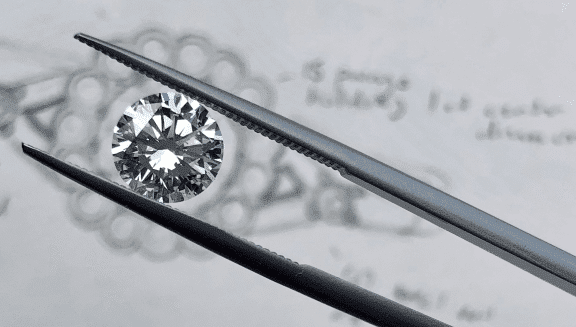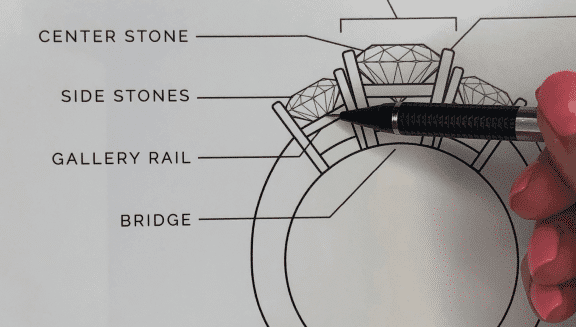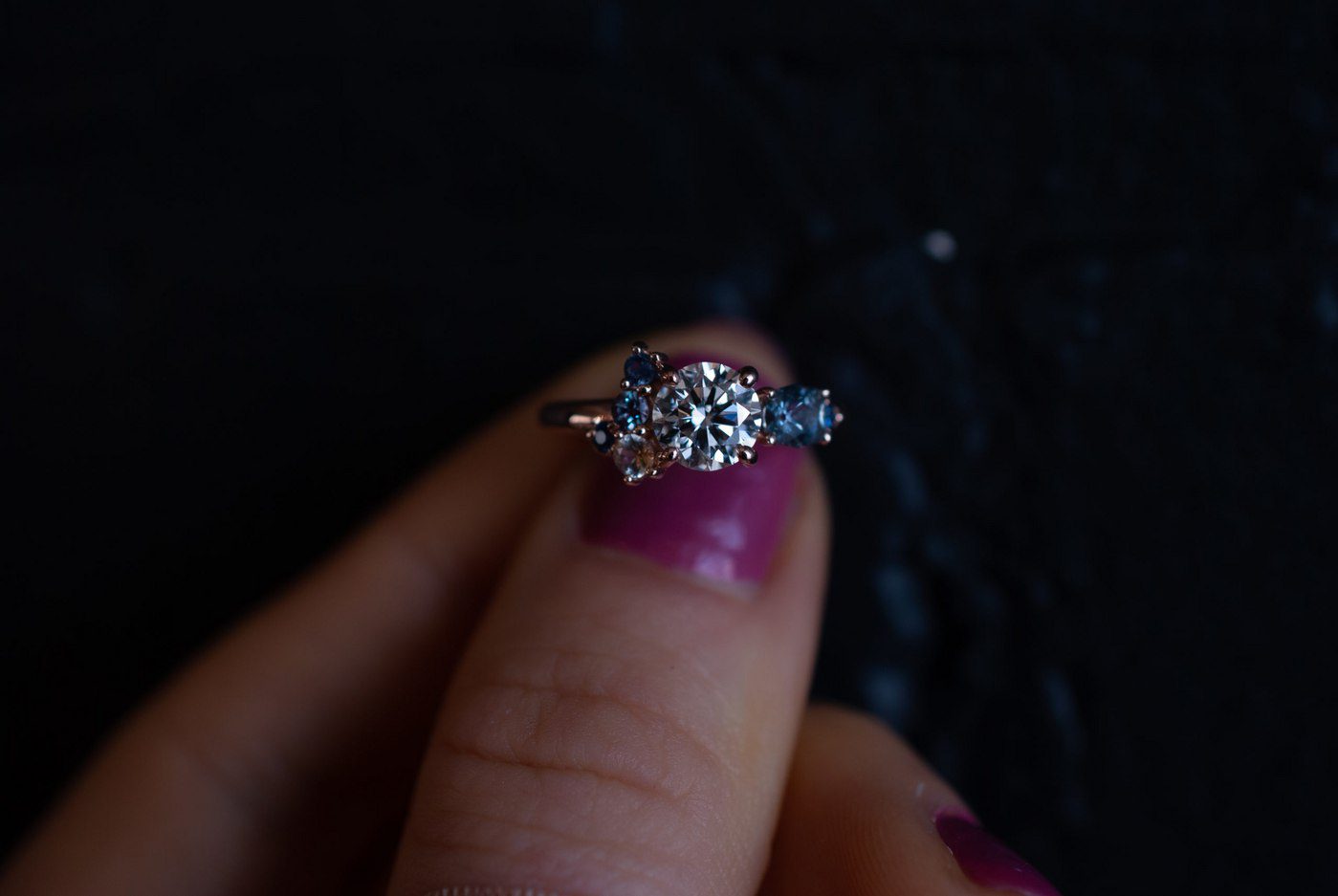What are Conflict Free Diamonds?
When considering engagement rings, some people are moved to research conflict free diamonds and weigh the ethical options for their jewelry. Conflict diamonds (also known as blood diamonds) are stones that have been mined in a war zone and are traded illicitly. If avoiding a blood diamond is important to you and your partner, here’s everything you need to know about how to choose an ethical, conflict free diamond.

What is a Conflict Free Diamond?
Conflict free diamonds are diamonds that are ethically mined and sold. Most mined diamond suppliers establish this by adhering to The Kimberley Process, an agreement that imposes extensive requirements to ensure and certify that diamonds are conflict free, and to prevent conflict diamonds from being traded. Beyond mined diamonds, lab created diamonds are also a conflict free diamond option, as they’re man made in a lab, not extracted from the earth by laborers.

Conflict Free Diamond Options
Ethically Mined Diamonds
When shopping for an engagement ring, you can ask, “where did this stone come from”? but you may be greeted with reluctance or a flat out refusal to provide more information. At the end of the day it comes down to origin: either the stone is from a country that adheres to the Kimberley Process, or it’s from Canada. Canada has some of the strictest guidelines for sourcing diamonds and all contain an actual inscription in the stone.

Lab-Grown Diamonds
Also known as “cultured diamonds” lab-grown diamonds provide 100 percent certainty that the diamond was produced and obtained under circumstances without any conflict, because they are literally created in a laboratory. Lab-grown diamonds a great alternative to mined diamonds not only because they are ethical, but because they are chemically and structurally identical to mined stones. The Federal Trade Commission (FTC) has recently cemented this as fact, declared that lab-grown diamonds are “real” diamonds This means that when picking a lab-grown diamond you’re still getting the real thing, totally identical to the naked eye, and just with a different origin.

Heirloom Diamonds
Heirloom diamonds are stones that have been passed down from family members. Because they’re gifted from generation to generation, they’re essentially “recycled diamonds” that spare one more diamond potentially being mined unethically. Whether you have loose heirloom diamonds or antique jewelry containing diamonds, we can repurpose them into a new engagement ring. However sustainable this practice is, these stones cannot be guaranteed conflict free. For old stones especially, it can be nearly impossible to locate where the stone was cut and what region or mine that it came from. Up until fairly recently, we didn’t have the resources to find out those details. Nevertheless, reusing heirloom stones can be more ethical than sourcing a new stone.

Moissanite
Though not technically a diamond, moissanite is the closest stone to a diamond, and they’re totally conflict free. Originally found in ancient meteorites centuries ago. Today, almost all moissanite is made in labs due to the rarity of the stone. Many people prefer man made moissanite because it poses no risk to the environment and has zero negative social impact. Another factor is that moissanite engagement rings are substantially more affordable than diamond engagement rings or even lab created diamonds. When it comes to ethical engagement rings, moissanite is hard to beat.
Here at Abby Sparks Jewelry we’re dedicated to designing and making rings that are not only beautifully designed, but also an ethical choice. For each engagement ring, we carefully consider the best stone and metal choices. We know our clients care about the origins and conditions that their beautiful ring came from so we help to make it easier. In our custom design process we take the time to walk you through all of the options so that you aren’t purchasing jewelry blindly. If you’d like to choose an ethical choice for a custom engagement ring, book an appointment with us today.





Comments